
The U.S. Congress imposed a labor agreement on 115,000 railroad workers on December 1, disregarding the vote from four unions to reject it. That is how little real democracy there is in the United States.
The millionaires’ club on Capitol Hill could not even support giving sick days to railroaders chained to round-the-clock work schedules.
Why should a capitalist government running a world empire with hundreds of military bases and a dozen spy agencies intervene in this labor dispute? It involved less than one-thousandth of the workforce.
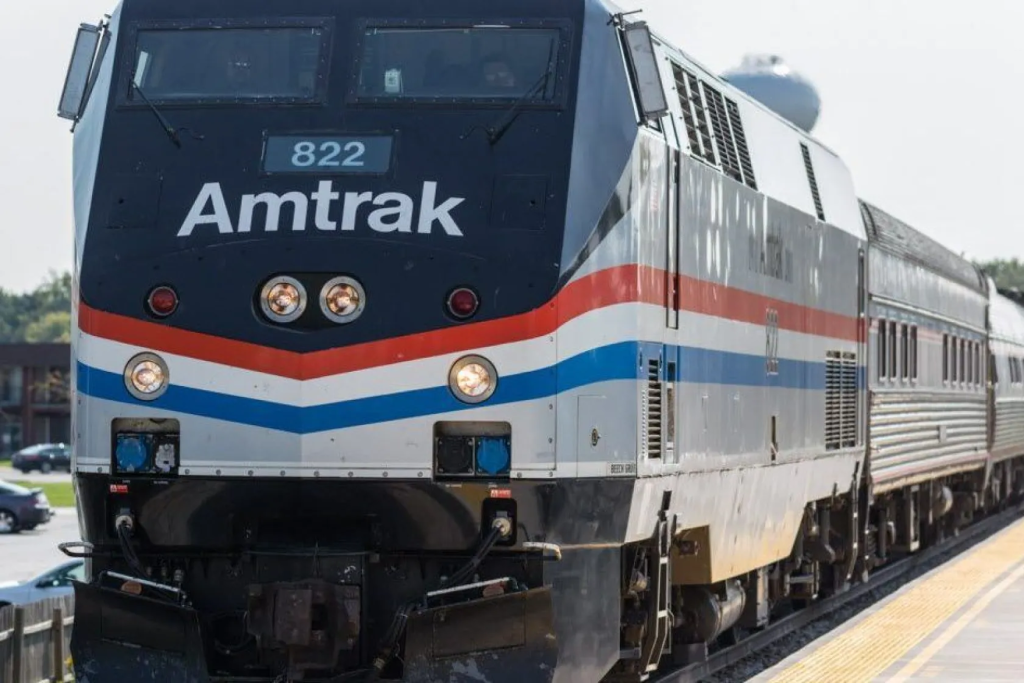
Aren’t railroads part of the “old economy,” like the factory workers labeled “metal bashers” by The Economist magazine? Haven’t railroaders become obsolete in the so-called information age?
People cannot eat algorithms. The Internet cannot move chemicals, cars or containers off-loaded from ships.
While computerization has destroyed the jobs of thousands of railroad clerks, it has not replaced the need for rail transport. It is the visibility of railroads that has declined.

Outside Amtrak’s Northeast Corridor and a few other places in the United States, passenger trains have virtually disappeared. The loss of millions of manufacturing jobs has also meant the loss of railroad jobs.
Yet deindustrialization, by increasing imports, also demands moving millions of shipping containers from the ports. The delays in the supply chain occurred not only on the docks but also in the railroad yards.
The seven “Class 1” railroads account for 94% of the industry’s revenues.
They are making more profits than ever, helped along by decades of deregulatory policies that began 40 years ago. The Union Pacific and Berkshire Hathaway’s BNSF―which monopolize rail traffic west of Chicago―raked in more than $12 billion in combined profits last year.
It is the number of rail workers that has fallen like a rock. There were two million workers on the railroads in 1920, accounting for more than 6% of the non-farm workforce.
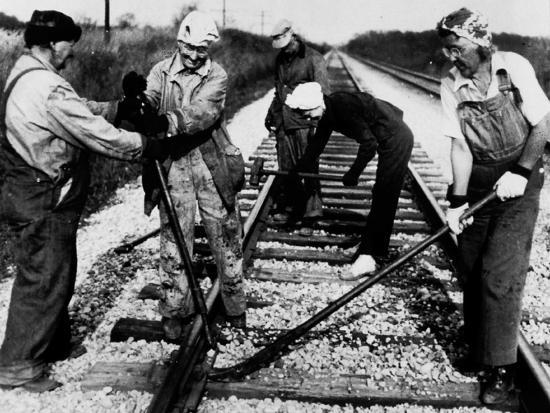
The Great Depression helped reduce railroad employment to 1.5 million workers in 1947. Over the last 75 years employment plunged 90% to just 147,800 railroaders on the job in November 2022.
That is a smaller number of railroad workers than there were in 1870, one year after the first transcontinental railroad was opened. This shrunken number of railroaders moves a million freight carloads a month and nearly a million containers.
Racism hurts all poor and working people
The elimination of more than 1.3 million railroad jobs since World War II ravaged communities coast-to-coast. This mass elimination was all the more painful because Black workers and women were finally being hired in many railroad crafts.
Charles Hamilton Houston, Dean of the Howard University Law School and mentor to future Supreme Court Justice Thurgood Marshall, fought against the industry’s Jim Crow hiring practices.
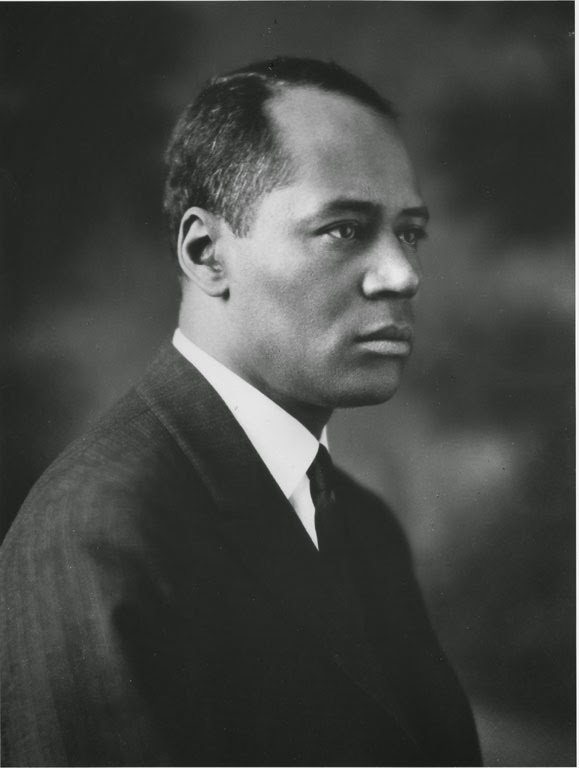
According to historian William H. Harris, “from 1928 to 1949, not a single Black person found employment on a class 1 railroad as fireman, brakeman, trainman, or yardman.” (The Harder We Run: Black Workers since the Civil War)
The loss of railroad jobs was deeply felt in Hamlet, North Carolina. The city was an important junction on the old Seaboard railroad, now part of the CSX system. CSX has a yard in Hamlet while two Amtrak trains a day stop there.
Because of railroad job cuts, many workers had to seek employment at the non-union, low-wage Imperial Foods plant instead. Twenty-five workers were killed there on September 3, 1991, when a fire broke out.
The plant’s owner, Emmett J. Roe, locked the doors because he thought workers—many of whom were Black—would steal chickens.
White and Black workers died together because of Roe’s racism. Forty-nine children were orphaned.

Getting rich while workers die
Railroads were the largest U.S. industry of the 19th century and dominated the stock exchanges.
The Vanderbilts, who controlled the New York Central system, became for a time the country’s richest family. The Western Hemisphere’s greatest slumlords―the Astors―had millions invested in the Central.
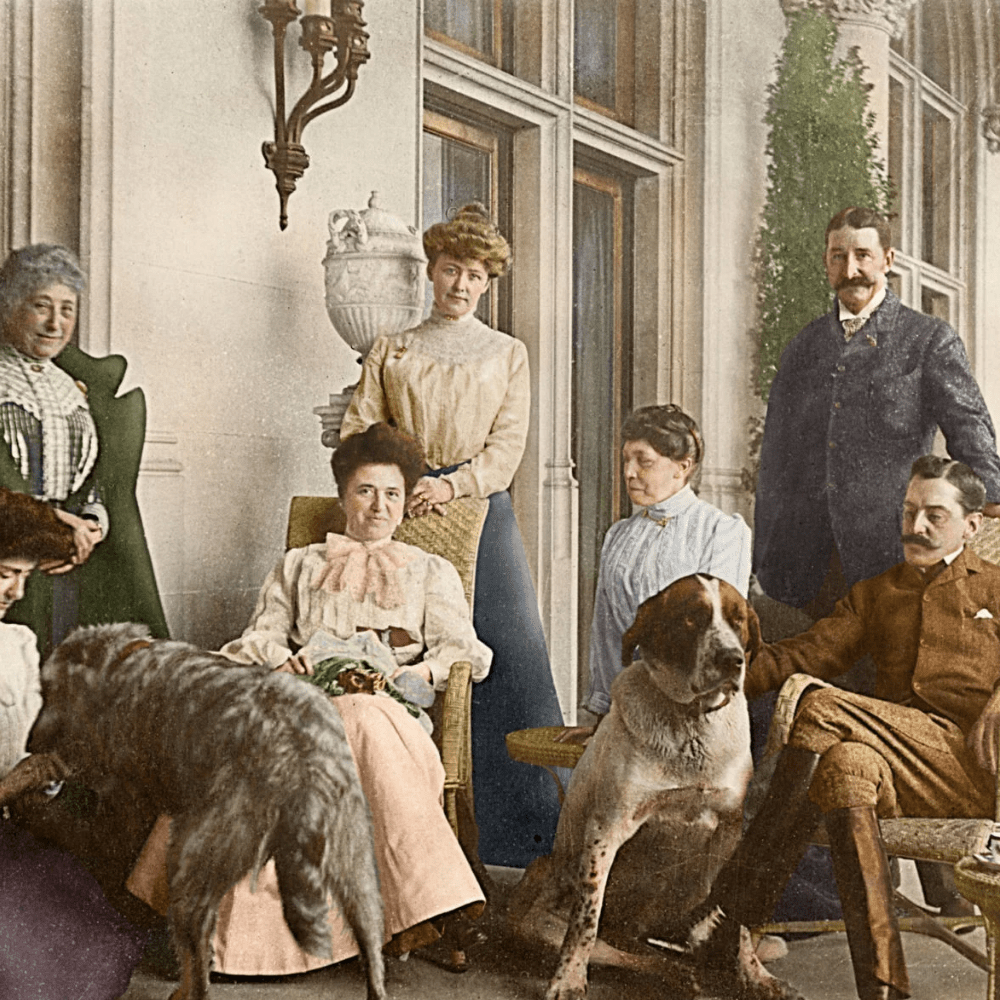
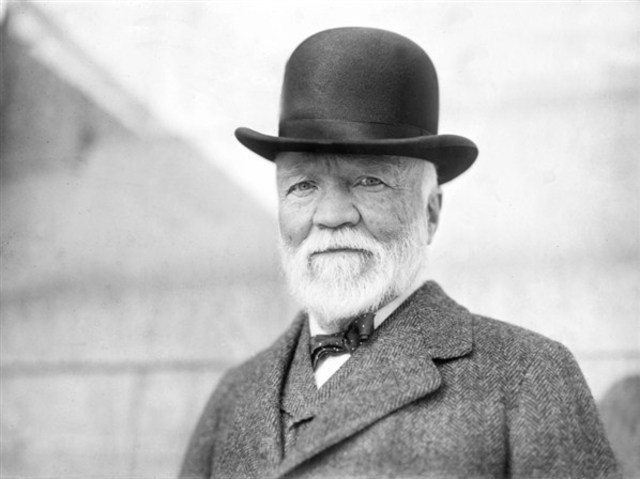
Wall Street’s biggest banker, J.P. Morgan, manipulated railroad systems before and after launching U.S. Steel with a stock swindle.
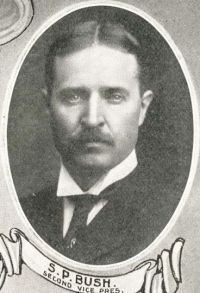
Andrew Carnegie had been a division superintendent for the Pennsylvania Railroad before he became a steel boss. Carnegie’s first plant―now the last remaining steel mill in Pittsburgh―was named for Pennsylvania Railroad President Edgar Thompson. Most of Carnegie’s customers were railroads buying steel rails or steel bridges.
The Bush family also climbed capitalism’s bloody ladder via railroads. Samuel Prescott Bush was superintendent of motive power for the Milwaukee Road.

He became manager of Buckeye Steel Castings that made railroad wheels in Columbus, Ohio. The outfit was run by Frank Rockefeller, a brother of the world’s first billionaire, John D. Rockefeller.
Samuel Prescott Bush’s son Prescott Bush became a U.S. senator from Connecticut. More importantly, he`was a partner in the Brown Brothers Harriman private bank that manages some of the biggest fortunes. The Harriman family controlled the Union Pacific, Southern Pacific and Illinois Central railroads with more than 30,000 miles of track.

Besides laundering money for Nazi cartels, Prescott Bush was the father and grandfather of war criminals: President George Herbert Walker Bush and President George Walker Bush.
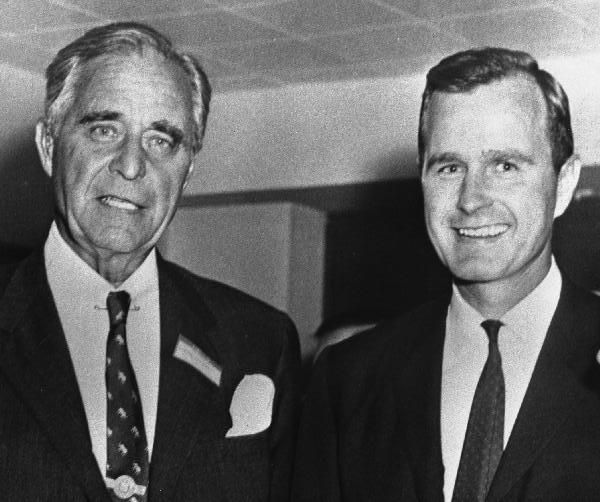
While these families were accumulating their riches, one in nine trainmen was injured in 1909. One in 205 was killed.
The response of the old Interstate Commerce Commission—abolished in 1996 in the name of deregulation—was to stop collecting these embarrassing statistics. (Economic History of the United States by Ernest Bogart)

Putting workers on a “rifle diet”
Workers revolted against these conditions in 1877. Railroad companies cut wages while doubling train size. Today’s Precision Scheduled Railroading has lengthened many trains to two miles or more while getting rid of 62,000 railroaders in seven years.
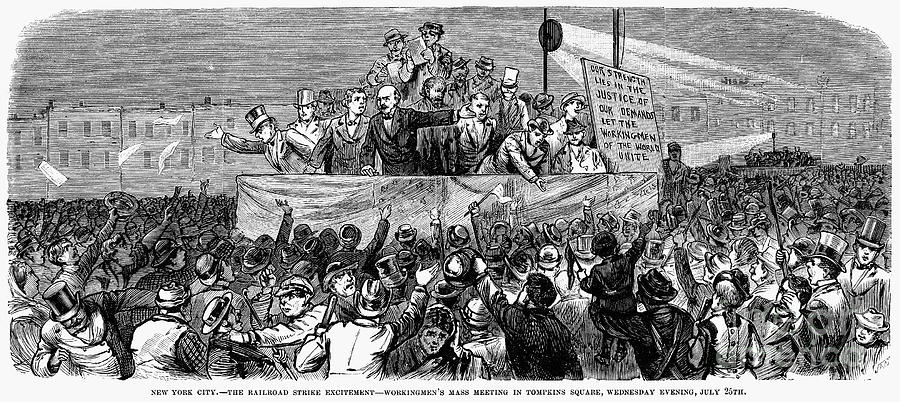
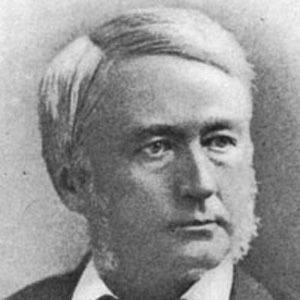
Pennsylvania Railroad President Thomas Scott declared the strikers should be put on a “rifle diet.” Dozens of workers were killed in Baltimore, Pittsburgh, Philadelphia and Reading, Pennsylvania.
Black educator Peter Clark, who had been an associate of Frederick Douglass, addressed strikers in Cincinnati. (1877: Year of Violence by Robert V. Bruce)
In that same year railroad boss Scott helped forge the rotten deal that betrayed Black people by overthrowing the Reconstruction governments in the South.
Eugene Debs led the biggest railroad strike in 1894. The former locomotive fireman and future socialist presidential candidate led the American Railway Union.
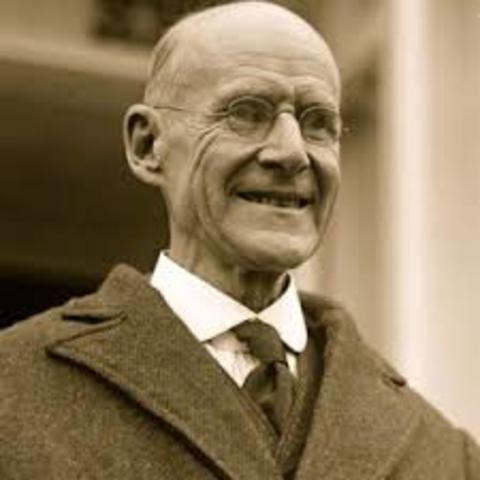
In solidarity with striking workers at the Pullman Company, ARU members cut Pullman sleeping cars off from trains. The boycott tied up trains across the country.
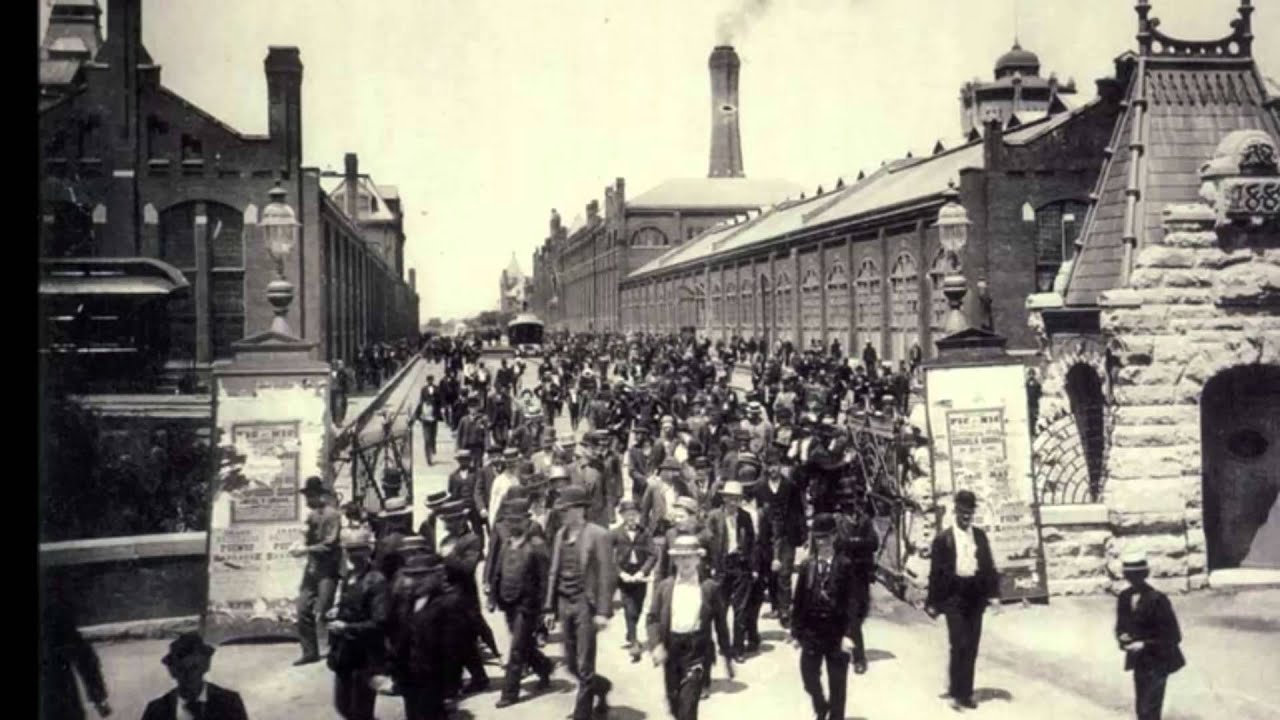
President Grover Cleveland sent in U.S. troops to break the strike. General Nelson Miles shot down workers in Blue Island, Illinois, a suburb of Chicago.
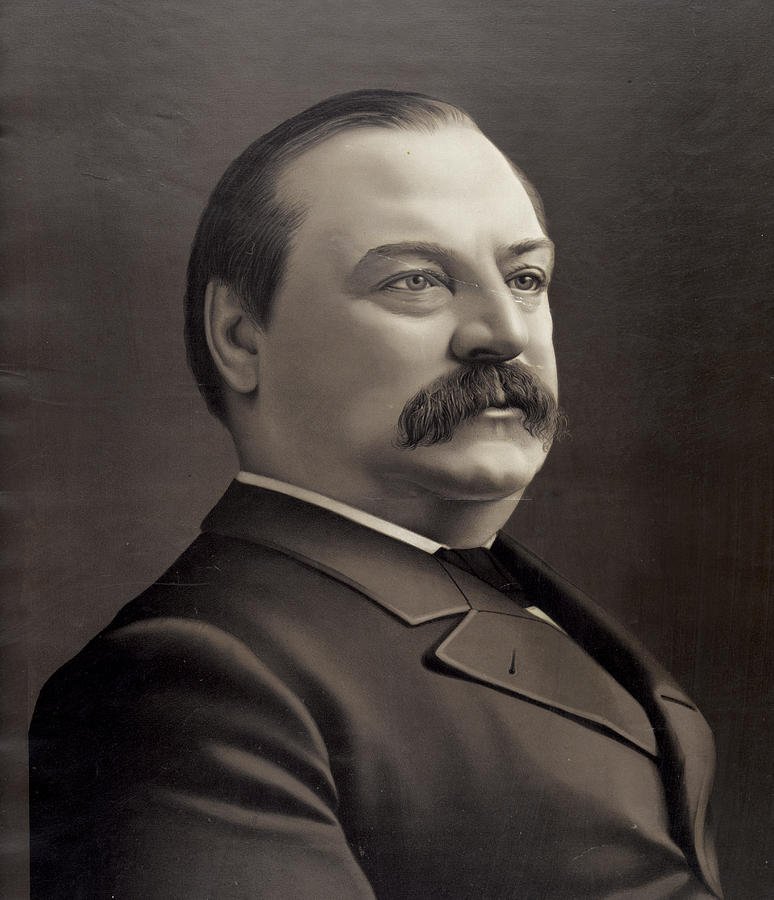
The military officers hat had earlier helped capture Geronimo and would later invade Puerto Rico in 1898.
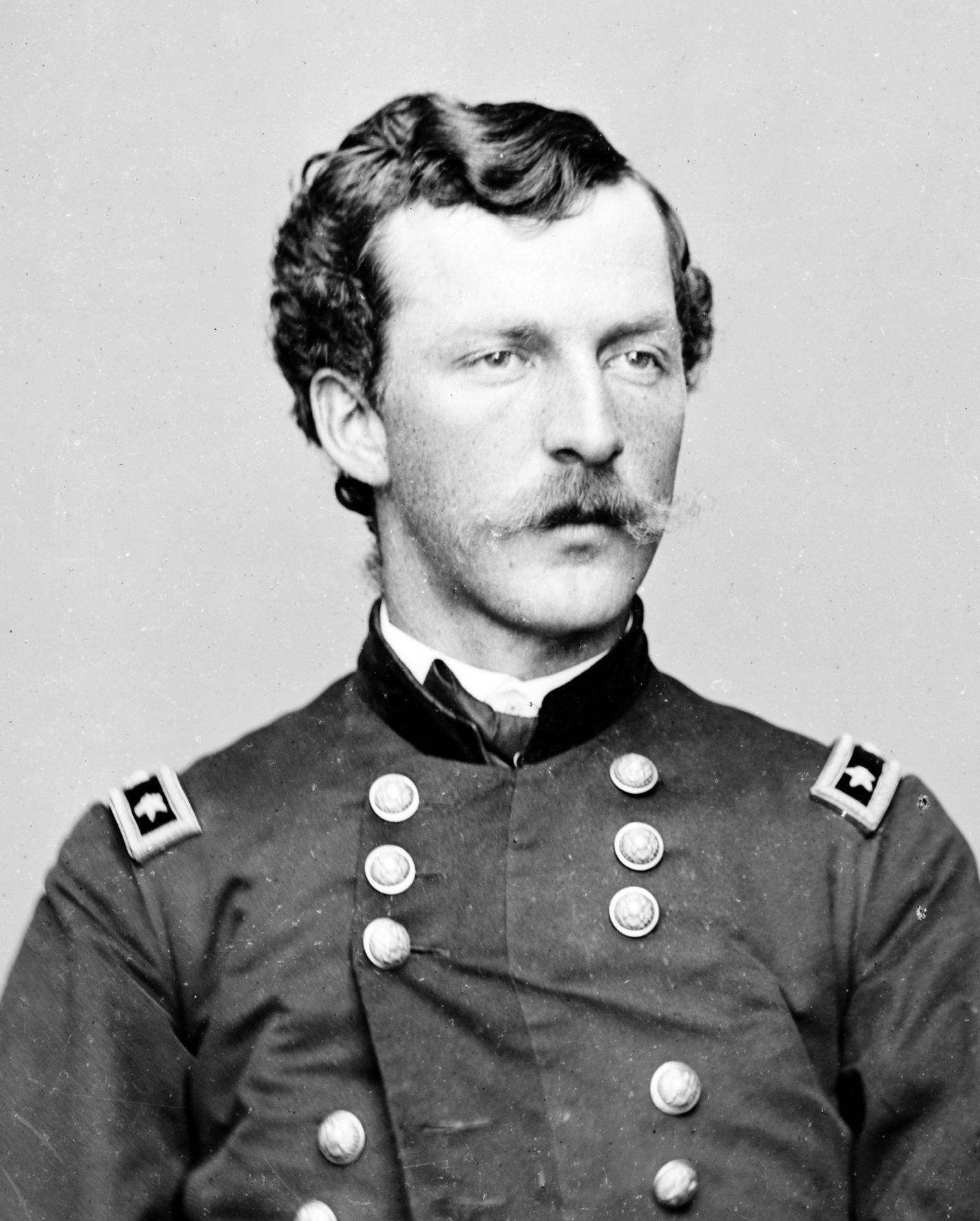
The ARU was an industrial union that united workers in different crafts. But it did not represent all railroad workers.
By a vote of 112 to 100, ARU delegates refused to allow Black workers to join. To his credit, Debs urged accepting Black workers.
Debs should have resigned instead of leading a Jim Crow outfit. The worst scabbing comes from racism within the labor movement.
Black workers were kept out of railroad unions. They had to form their own labor organizations as described in Brotherhoods of Color by Eric Arnesen.
The ARU did not even consider organizing Pullman porters. But in 1937 the Pullman Company signed a union contract with the Brotherhood of Sleeping Car Porters, led by A. Philip Randolph.
The BSCP with its 18,000 members helped lead the Black freedom struggle. Randolph organized the March on Washington Movement that forced President Franklin Roosevelt to set up the Fair Employment Practice Committee in 1941.
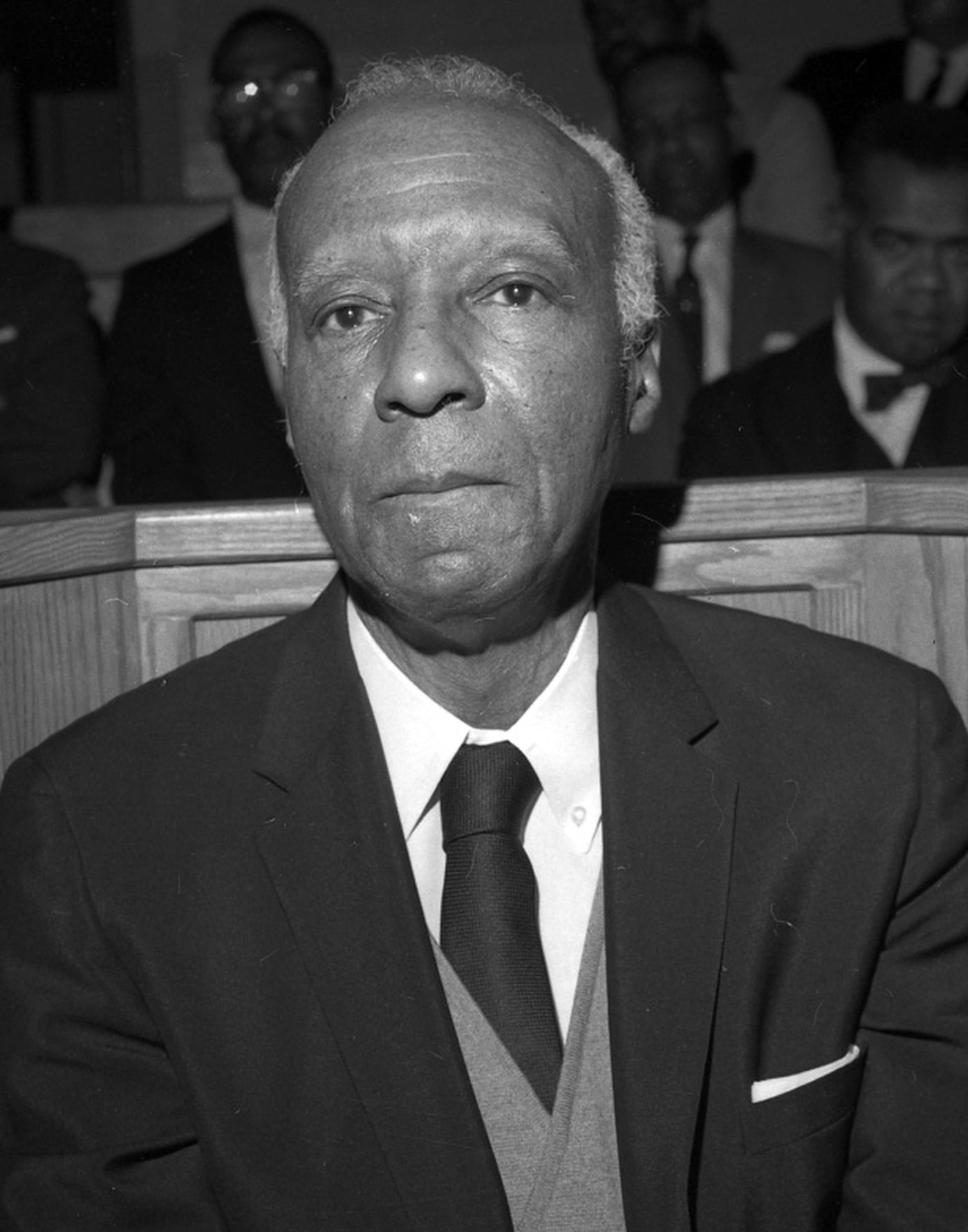
It was Pullman porter E.D. Nixon who, while going between Montgomery, Alabama, and Chicago three times a week, helped to organize the Montgomery bus boycott. Dr. King praised his work in Stride Toward Freedom.
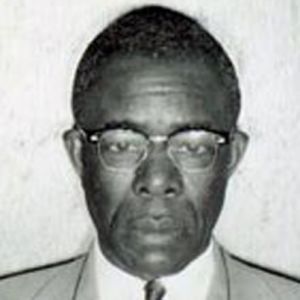
A. Philip Randolph helped initiate the 1963 March on Washington for Jobs and Freedom where Dr. King gave his “I Have a Dream” speech.
One of the ten demands of the march was a $2 per hour minimum wage. That is worth $19.39 in November 2022. The labor movement needs to demand a minimum wage of at least $20 per hour.
Jilting railroads
So why did the U.S. capitalist class turn its back on railroads? In 1955 only four corporations―AT&T, General Motors, U.S. Steel and Standard Oil of New Jersey―had more assets than the Pennsylvania Railroad.
Richard King Mellon―whose family controlled Alcoa Aluminum, Gulf Oil (and, hence, Kuwait), as well as what became the Bank of New York Mellon―was the most influential PRR director.
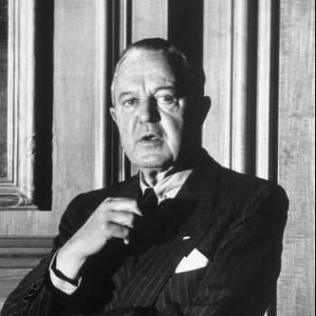
Right behind the Pennsy was the New York Central, which collected rent from Park Avenue skyscrapers. Texas oilmen Clint Murchison, Jr., and Sid Richardson backed Robert Young’s takeover of the Central in the 1950s.
The Pennsylvania and New York Central railroads merged on February 1, 1968, to form the world’s largest transportation company. When Penn Central declared insolvency on June 21, 1970, it was the largest bankruptcy until Enron and almost took Goldman Sachs with it.
Railroads lost their monopoly of land transportation to trucks. But that is not the entire story.
The collapse of anthracite coal mining doomed New England railroads. A railroad can’t lose money carrying coal.
Railroads had been such a bonanza that competing capitalists built lines that duplicated each other. Seven railroad companies connected Chicago and Council Bluffs, Iowa. All of them sought to bring freight cars off the Union Pacific to the Windy City.
The old Nickel Plate (now part of Norfolk Southern) was built between Chicago and Buffalo to exhort the Vanderbilts into buying it.
Railroads’ Achilles heel was what Karl Marx called the tendency of the rate of profit to decline. Surplus value―from which profit is derived―can only be made from exploiting living labor.
The tremendous amount of dead labor invested in railroad tracks, bridges, yards, signal systems and locomotives became an albatross for capitalism. The capitalist state took over railroads throughout Western Europe.
The profitable railroads in the U.S. west and south needed Penn Central in order to exchange freight with it. The Sunday New York Times Magazine revealed that legislation creating Conrail―which took over Penn Central―was drafted by the Union Pacific’s general counsel’s office.
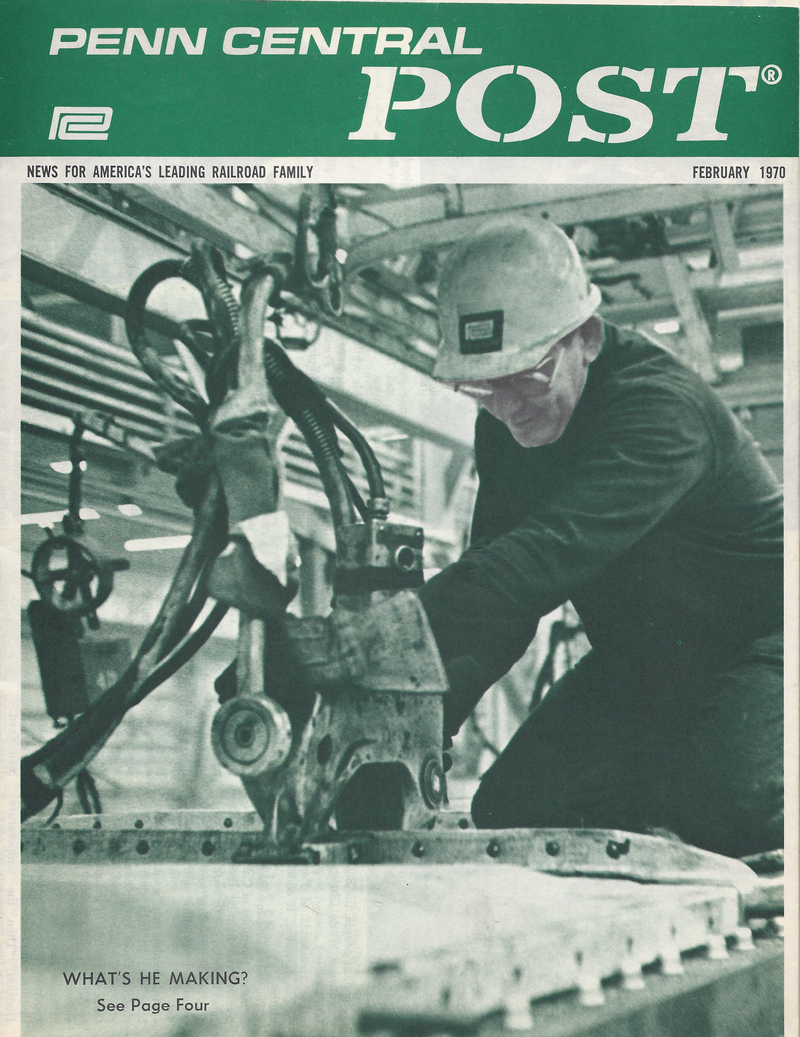
The U.S. government injected billions into Conrail, which was sold in a fire sale to CSX and the Norfolk Southern. Conrail’s “modernization” included abandoning thousands of miles of track and getting rid of 4,000 block operators in the signal towers.
Deregulation, which includes the 1980 Staggers Act, served as a welcome mat for super-billionaire Warren Buffett to take over the BNSF railroad.
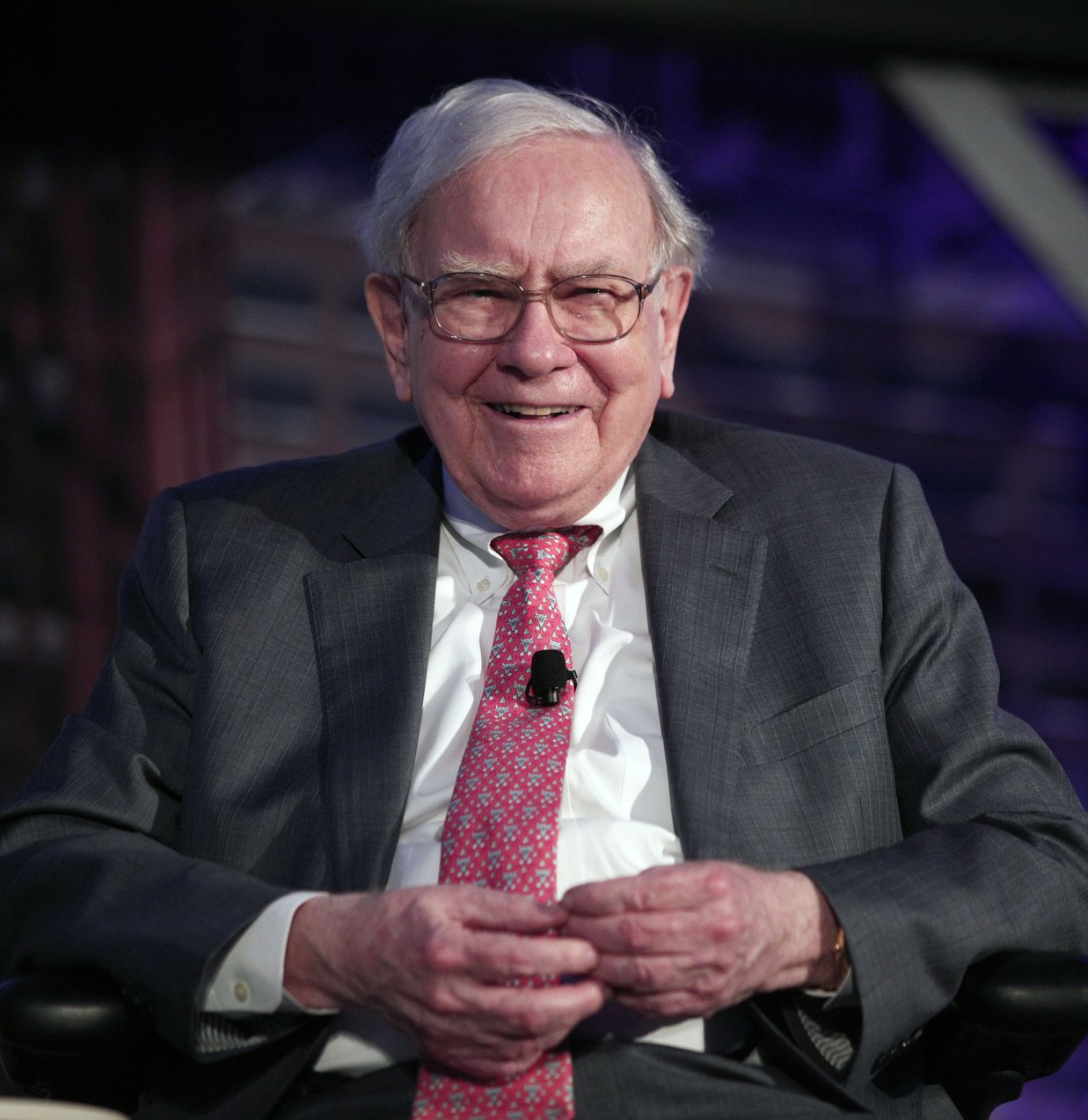
A brutal rationalization reduced Class 1 railroad mileage to fewer than 92,000 miles by 2020.
Thousands of miles are operated by “short lines” which are often non-union.
Take over the railroads!
No one should have expected “Amtrak Joe” in the White House to help railroad workers. Biden was a loyal servant of the DuPont dynasty for 36 years as a U.S. senator from Delaware.
He collaborated with the super-racist Strom Thurmond to fight school integration. Biden pushed through legislation that helped increase the prison population to more than two million poor people.
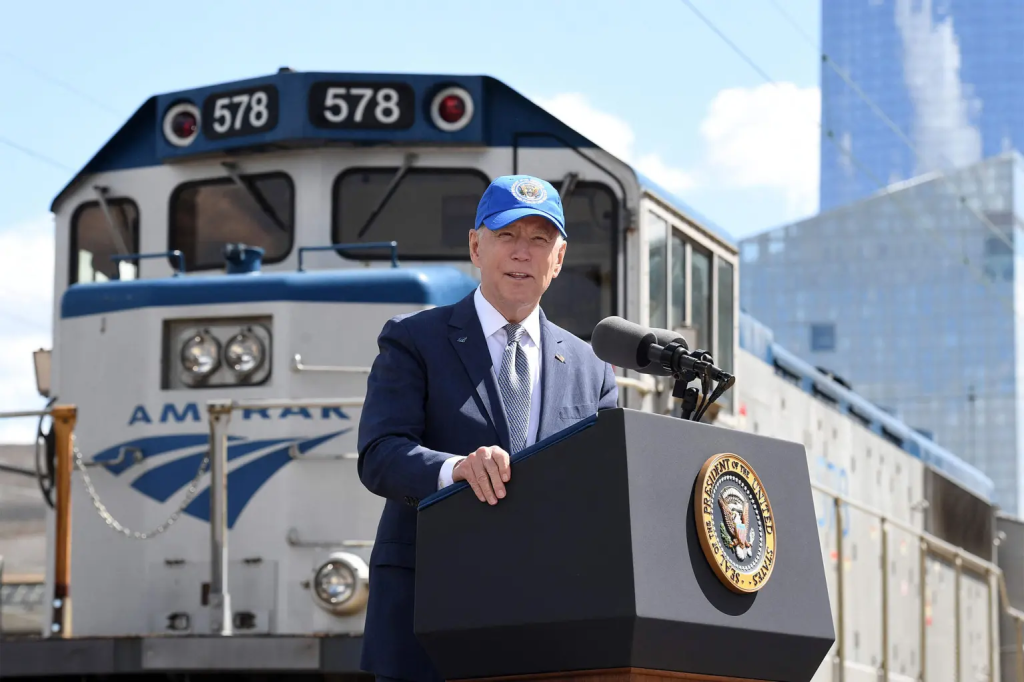
Railroad management continues to push for one-person crews. The runaway train that exploded in Lac-Mégantic, Quebec, in 2013, killing 47 people, had just one crew member.
Yet the mere threat of a strike forced both the Union Pacific and CSX railroads to slightly modify their severe attendance policies.
As Frederick Douglass declared, “If there is no struggle there is no progress.”
One sign of a new spirit among railroad workers is the election of Eddie Hall as president of the Brotherhood of Locomotive Engineers and Trainmen, part of the Teamsters. Hall opposed the agreement that was forced on railroaders.
Any action by railroad workers will be welcomed by the multinational working class. It will inspire millions as the Black Lives Matter movement has.
The railroad monopolies do not only owe sick days and respect. They owe reparations.
Nine thousand miles of track in the South were laid by enslaved Africans before the Civil War. Thousands of additional miles were built by Black prisoners afterwards. The steel-driving man, John Henry, was worked to death by the Chesapeake and Ohio, now part of CSX.
General George Custer had it coming and he died for the Northern Pacific―now owned by Warren Buffett’s BNSF―that was invading Lakota Sioux land.
Railroads are a vital public utility like electricity, gas and water. All these utilities need to be taken over by the people.

CovertAction Magazine is made possible by subscriptions, orders and donations from readers like you.
Blow the Whistle on U.S. Imperialism
Click the whistle and donate
When you donate to CovertAction Magazine, you are supporting investigative journalism. Your contributions go directly to supporting the development, production, editing, and dissemination of the Magazine.
CovertAction Magazine does not receive corporate or government sponsorship. Yet, we hold a steadfast commitment to providing compensation for writers, editorial and technical support. Your support helps facilitate this compensation as well as increase the caliber of this work.
Please make a donation by clicking on the donate logo above and enter the amount and your credit or debit card information.
CovertAction Institute, Inc. (CAI) is a 501(c)(3) non-profit organization and your gift is tax-deductible for federal income purposes. CAI’s tax-exempt ID number is 87-2461683.
We sincerely thank you for your support.
Disclaimer: The contents of this article are the sole responsibility of the author(s). CovertAction Institute, Inc. (CAI), including its Board of Directors (BD), Editorial Board (EB), Advisory Board (AB), staff, volunteers and its projects (including CovertAction Magazine) are not responsible for any inaccurate or incorrect statement in this article. This article also does not necessarily represent the views the BD, the EB, the AB, staff, volunteers, or any members of its projects.
Differing viewpoints: CAM publishes articles with differing viewpoints in an effort to nurture vibrant debate and thoughtful critical analysis. Feel free to comment on the articles in the comment section and/or send your letters to the Editors, which we will publish in the Letters column.
Copyrighted Material: This web site may contain copyrighted material the use of which has not always been specifically authorized by the copyright owner. As a not-for-profit charitable organization incorporated in the State of New York, we are making such material available in an effort to advance the understanding of humanity’s problems and hopefully to help find solutions for those problems. We believe this constitutes a ‘fair use’ of any such copyrighted material as provided for in section 107 of the US Copyright Law. You can read more about ‘fair use’ and US Copyright Law at the Legal Information Institute of Cornell Law School.
Republishing: CovertAction Magazine (CAM) grants permission to cross-post CAM articles on not-for-profit community internet sites as long as the source is acknowledged together with a hyperlink to the original CovertAction Magazine article. Also, kindly let us know at info@CovertActionMagazine.com. For publication of CAM articles in print or other forms including commercial internet sites, contact: info@CovertActionMagazine.com.
By using this site, you agree to these terms above.
About the Author
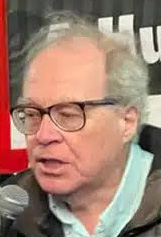
Stephen Millies is a retired Amtrak worker and a member of the American Train Dispatchers Association and Transportation Communications Union.
Stephen can be reached at stevemillies@gmail.com.

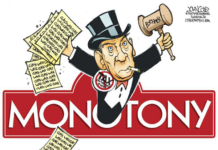
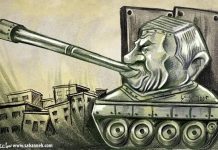

The “Rail” problems mentioned by Stephen Millies will NEVER be solved whilst the American population agrees with Washington spending trillions of dollars on Militarism. Buying hundreds of bombing jets, dozens of warships, thousands of missiles, paying for millions to train in the Art of Killing innocent people, and killing the Government designated “enemy”, keeping hundreds of military bases all over the world, etc, makes all other national needs far less important. If Mr Millies wants the rail problems solved, he should promote the idea of a war “in” America, with artillery and soldiers exclusively transported by trains. Then USA will have in 2 month the most modern and perfect railway system in the world will be in place.
As I always say, ‘PEOPLE’ are responsible for the way Governments behave. Remember that weapons, explosives, missiles, military vehicles, have NO political color. If you want to keep in employment millions of workers who manufacture of this killing paraphernalia to kill millions of workers elsewhere, you must be prepared to accept the misery you describe.
And it has NOTHING to do with Capitalism. It has to do with people’s ignorance, gullibility, stupidity and passivity. I apologize to all those who feel offended by my words.
[…] Capitalism’s War on Railroad Workers Continues, by Stephen Millies […]